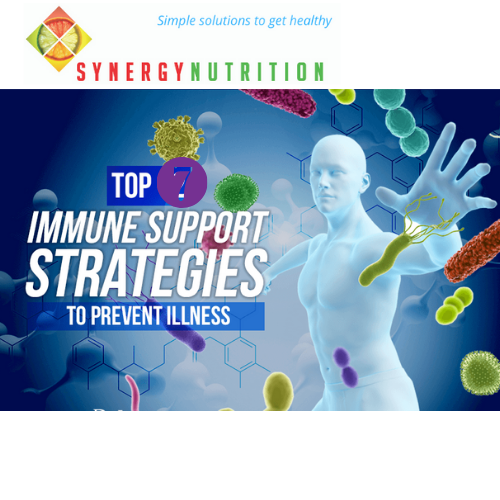Honey is one of man’s earliest foods and was valued throughout numerous civilisations. Arcaeologists discovered honey comb in Egypt that were buried with the pharaohs in their tombs- and the honey was preserved well and still edible! The old Testament describes Israel as being ‘the land flowing of milk and honey’. The Greek philosopher Aristotle called it the nectar of the gods. Even Winnie the Pooh is obsessed with it! 
From what I know and have read is that all honey has antibacterial qualities, however the amount depends on the type of honey in addition to when and how it is harvested. Hydrogen peroxide is the component of honey responsible for its antibiotic quality. Manuka honey which is made from the flowers of the manuka bush, a native of New Zealand is reputed to be the honey with the most antibacterial qualities coming from a componet called methylglyoxal (MG), which is present in small quantities in other types of honey. The higher the concentration of MG, the stronger the antibiotic effect.

Honey producers have developed a scale for rating the potency of manuka honey. The rating is called UMF, which stands for Unique Manuka Factor. You may have seen UMF 5+, UMF 10+ on the labels of some popular brands of manuka honey. I have been told for general health 5-10+ is fine. Ever since Manuka honey arrived on the UK Shelves I have been curious to know the science, it is manufactured and its health claims. What is the exact difference between the different numbers and UMF’s? Is it just an estimate? How do they measure it? I was curious to know and did contact some companies to question them. Not satisfied with their answers I thought I began my own research and came across Professor Peter Molan’s (University of Waikato) research on manuka honey activity. Peter comments that the level of antibacterial activity in manuka honey is usually measured in one of two ways a) the level of antibacterial activity is expressed as being equivalent to the concentration of a solution of a standard antiseptic, phenol, that has the same level of antibacterial activity or b) as the level of methylglyoxal, the antibacterial component of manuka honey. He explains that there are set standards or agreements for the activity of manuka honey which means the buyer of manuka honey can be mislead. Furthermore the antibacterial activity is estimated rather than directly measured so we cannot be sure how much we are actually getting.
Some of the internal conditions that Active UMF® Honey has been used for are listed below:
| Acid Reflux | Indigestion |
| Diarrhea | Irritable Bowel Syndrome |
| Duodenal Ulcer | Peptic Ulcer |
| Esophagus Ulcer | Stomach Ulcer |
| Gastritis | Ulcerative Colitis |
| Heliocobacter pylori | Up-set Stomach |
Although there is limited scientific evidence backing the health benefits of manuka honey. I do believe in can be beneficial to health, especially internally for healing digestive complaints such as those listed above and for boosting the immune system. I have been using manuka honey for several years now and have not experienced a single sore throat in years. Whether this is due to the manuka honey’s antibacterial and preventative effects I do not know for sure however the negative claims will not stop me from consuming my teaspoon a day to keep the cold virus away! The honey has uses for topical application and external use for ulcers and wounds. I am not sure about manuka’s claims as a treatment for cancer however its benefits again could be attributed to its direct and indirect effects on enhancing the immune system defenses. I also advocate the use of raw honey as it contains more nutrients then the processed honey found on most supermarket shelves as it is not heat treated so contains enzymes and higher amounts of vitamins and minerals that are alkalising to the body.
Interesting facts about Manuka Honey: (adapted from green bay harvest)
- Taking 2 teaspoons of manuka honey 5+ is not the same as taking 1 teaspoon of 10+. The activity levels are not addictive.
- Not all Manuka Honey has Non Peroxide Activity
- Some manuka honey ratings may be misleading or incorrectly marked by marketers who are not familiar with the clinical research or do not interpret the scores on the laboratory analysis report correctly.
- There is not clinical or academic research to prove that manuka honey with a NPA score less than 8+ has any of the therapeutic effects associated with manuka honey with high NPA scores.
- Not all manuka honey has clinically proven anti-bacterial and anti-inflammatory properties.
- There are no manuka bees. Most of the honey bees in the world are actually Italian! Manuka Honey is made from normal honey bees who use nectar from the manuka Flower to make their honey.
- Some manuka Honeys on the market have extremely high Activity Scores because the Peroxide Activity and the Non Peroxide Activity ratings have been combined.
- Just like some people assume expensive wine is always better than another bottle with a lower price, most people assume that the higher the activity score on the label, the more they should expect to pay for their manuka Honey and the better it will be for their health.
- Many consumers are used to buying a manuka Honey by the activity number and simply assume the score relates to the Non Peroxide Activity.

